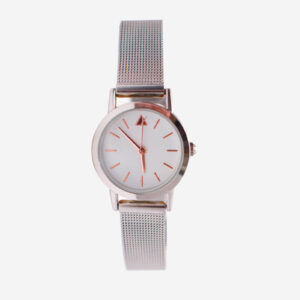DIY Kayak Repairs: A Step-by-Step Guide for Common Issues
If you’re an avid kayaker, you’re bound to encounter the occasional damage to your vessel. Whether it’s a scratch, a dent, a hole, or a leak, knowing how to repair these issues yourself can save you time and money. In this article, we’ll provide a step-by-step guide to common kayak repair issues.
Common Kayak Repair Issues
The most common kayak repair issues fall into three categories:
- Scratches and cracks
- Dents and holes
- Leaks
Step-by-Step Repair Guides
Scratches and Cracks
- Materials needed: Epoxy or fiberglass repair kit, sandpaper, mixing cups, stir sticks
- Preparation: Clean the damaged area thoroughly. Sand the edges of the scratch or crack to create a smooth transition.
- Application: Mix the epoxy or fiberglass according to the manufacturer’s instructions. Apply the mixture to the damaged area using a putty knife or brush. Allow it to cure for the recommended time.
- Refinishing and curing: Once the repair is dry, sand it smooth. Apply a coat of marine paint or varnish to protect the repair.
Dents and Holes
- Materials needed: Fiberglass or plastic welding kit, patch material, supporting material (e.g., plywood, foam), clamps
- Preparation: Remove any debris from the damaged area and clean it thoroughly.
- Patching: Cut a patch of fiberglass or plastic to cover the hole or dent. Apply the patch to the damaged area using the adhesive provided in the kit.
- Reinforcing: Reinforce the patch with a layer of supporting material. This will provide additional strength to the repair.
Leaks
- Materials needed: Epoxy or marine sealant, leak detection spray or soapy water, brush or putty knife
- Leak detection: Inflate the kayak and spray it with leak detection spray or apply soapy water to the seams. Look for bubbles to identify the leak.
- Sealing: Apply epoxy or marine sealant to the leak using a brush or putty knife. Allow it to cure for the recommended time.
- Reinforcing: If the leak is extensive, you may need to reinforce the area with a rubber or neoprene patch.
Safety Precautions and Tips
- Always wear proper protective gear, including gloves, safety glasses, and a respirator.
- Work in a well-ventilated area.
- Handle sharp tools with care.
- Allow the repair to cure for the recommended time before using the kayak.
- Store the kayak in a dry, protected place.
Conclusion
By following these step-by-step guides, you can repair common kayak issues and keep your vessel in top condition. Remember to prioritize safety and pay attention to detail. If you encounter a complex or extensive repair, don’t hesitate to seek professional assistance from a reputable kayak shop.
Whether you decide to DIY or enlist professional help, knowing the basics of kayak repairs will ensure that you can get back on the water and enjoy your kayaking adventures.
Relevant Questions
- What are the common types of kayak repair issues?
- How to repair scratches and cracks on a kayak?
- What steps to take to fix dents and holes in a kayak?
- How to identify and seal leaks in a kayak?
- What safety precautions to follow when repairing a kayak?
- When to seek professional assistance for kayak repairs?




